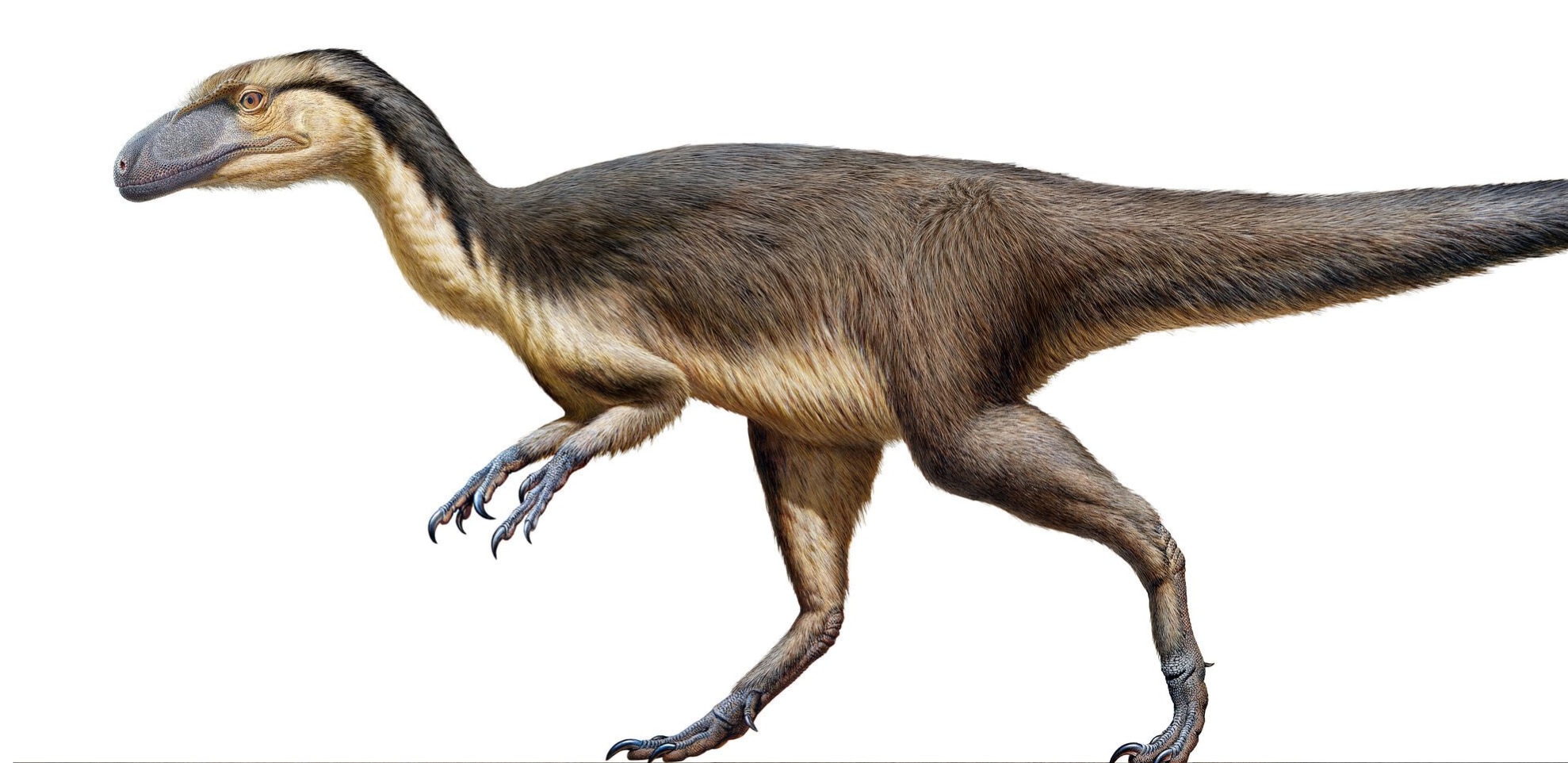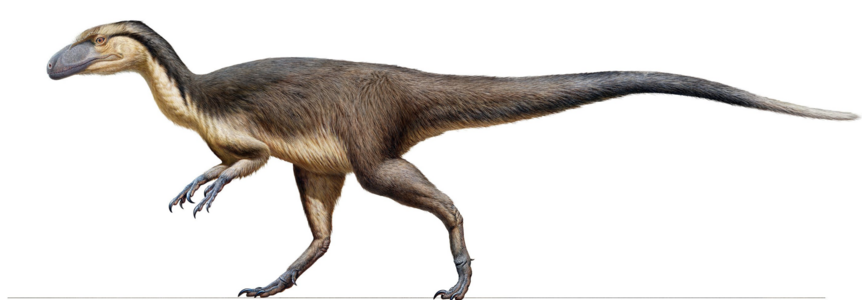Create a free profile to get unlimited access to exclusive videos, sweepstakes, and more!
Newly discovered polar dinosaurs wore feathers as fluffy, insulated coats

In a recent treasure of paleontological proportions, an international crew of scientists in Australia has unearthered an ancient stash of 118-million-year-old fossilized dinosaur and bird feathers from a muddy prehistoric lake deposit that was once located in the polar circle.
These remarkable findings were published last week in the online scientific journal Gondwana Research. This marks the first incident of feathered dinosaur specimens ever discovered in The Land Down Under and the rare find from the Southern Hemisphere has paleontologists thrilled to the bone.
A team lead by Dr. Benjamin Kear of Uppsala University in Sweden has studied and analyzed a sample of 10 fossil feathers, which revealed a surprising diversity of tufted hair-like 'proto-feathers' from carnivorous dinosaurs, in addition to downy body feathers, and wing feathers from primitive birds which would have been used for flying.
"Dinosaur skeletons and even the fragile bones of early birds have been found at ancient high-latitudes before," said Dr. Kear in the press release. "Yet, to date, no directly attributable integumentary remains have been discovered to show that dinosaurs used feathers to survive in extreme polar habitats.
"These Australian fossil feathers are therefore highly significant because they came from dinosaurs and small birds that were living in a seasonally very cold environment with months of polar darkness every year," he added.
This fascinating cache of primeval feathers was discovered in the Koonwarra Fish Beds Geological Reserve situated 90 miles southeast of Melbourne in Victoria, Australia, and provides the first evidence that dinosaurs used pseudo-feathers as fluffy, insulated coats in extremely cold climates like the icy southern polar regions.
According to the study, this diverse range of non-avian theropod (paravian) and bird feathers more than doubles the number of Mesozoic fossil feather specimens recovered from the Gondwana supercontinent and provide a rich collection for scientists' further examination and research.
















